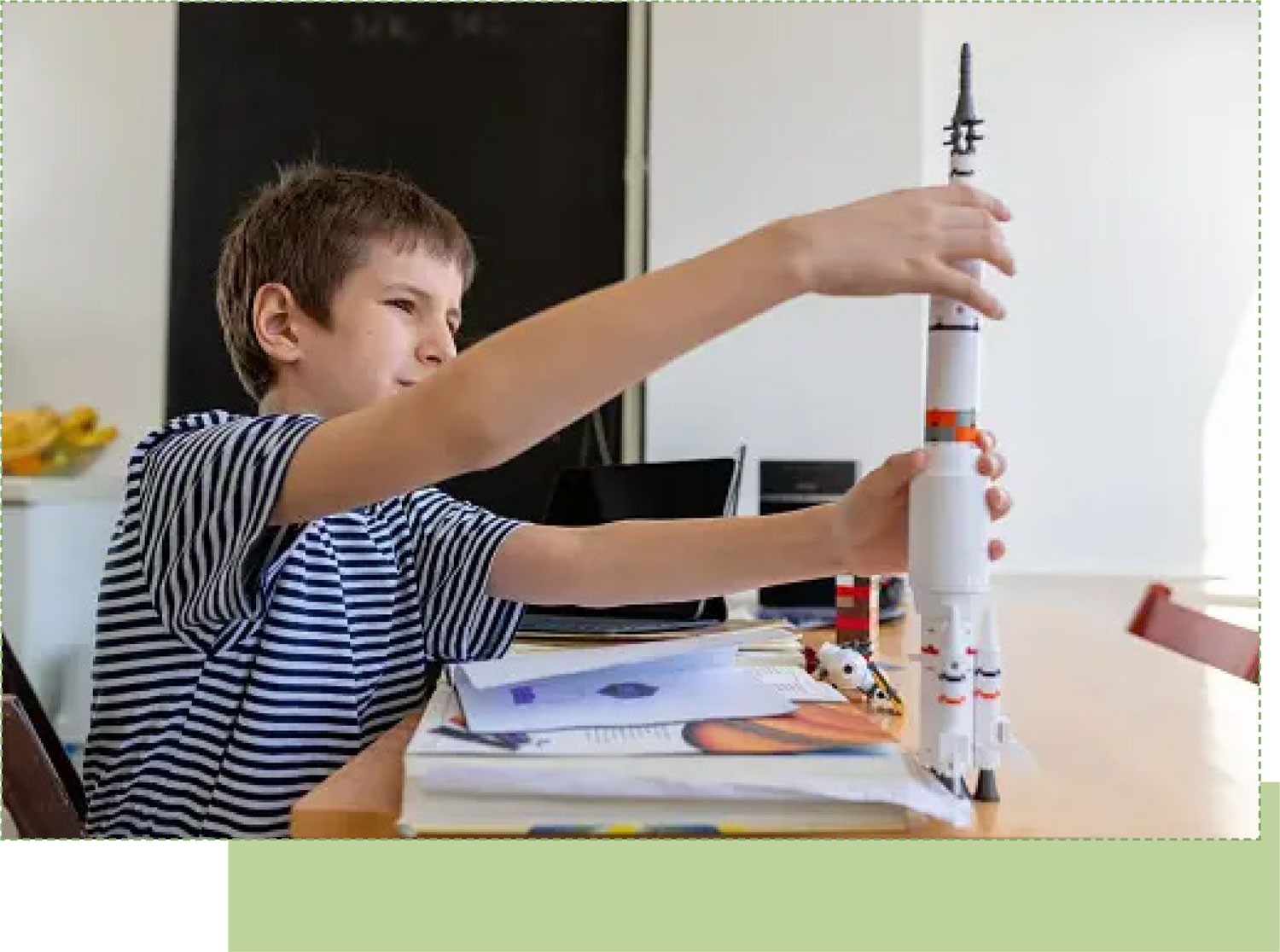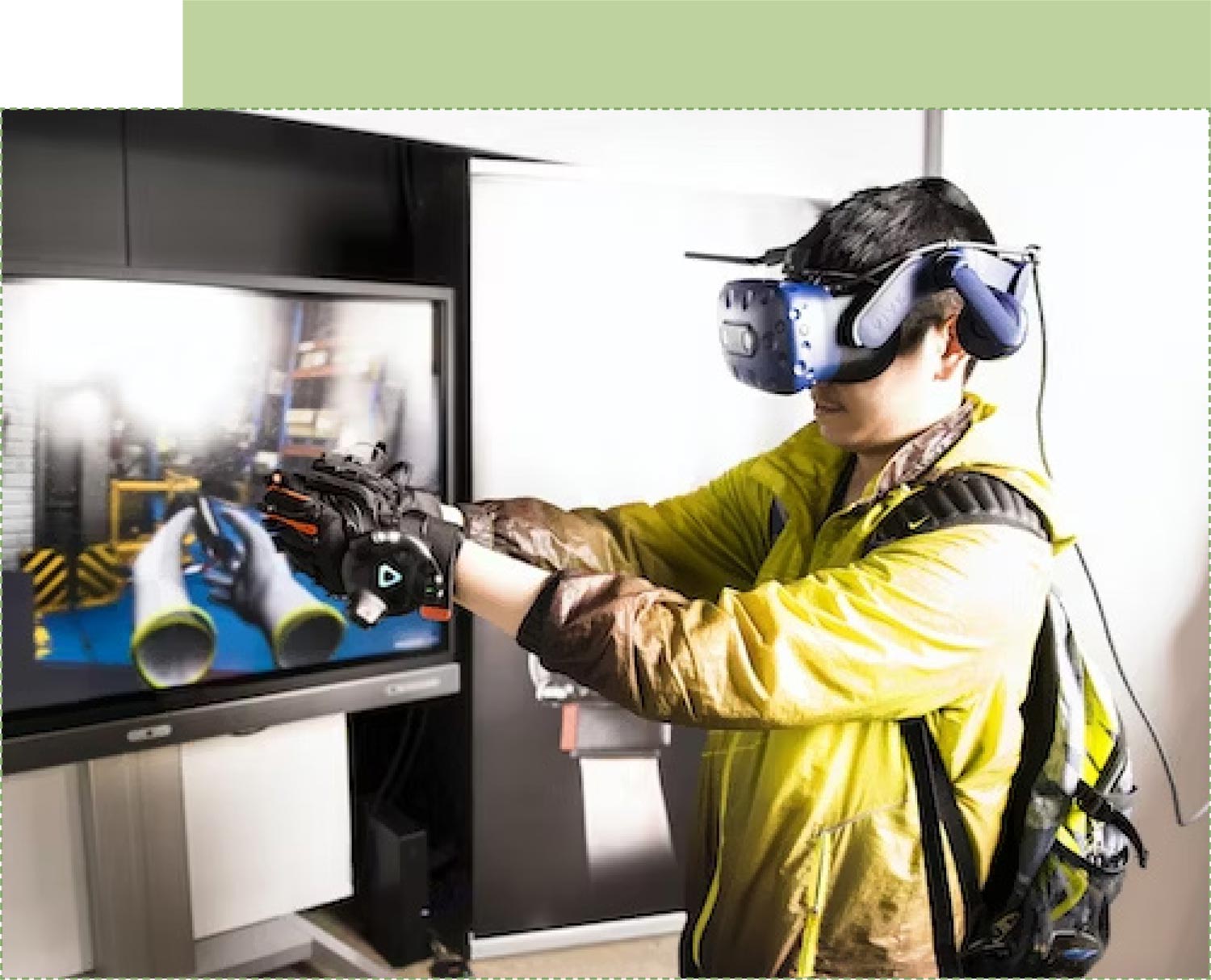
A Conversation with Jeremy Cowdrey, CEO Discovery Education
“Curiosity is the wick in the candle of learning.”
–William Arthur Ward
Editor’s Note: (ET) Magazine recently sat down with Discovery Education Chief Executive Officer Jeremy Cowdrey to discuss his journey to EdTech, how EdTech can help teachers support student curiosity, and much more.
ET: Greetings Jeremy and thanks for taking the time to talk today. Can you begin by sharing with readers a bit about your background and what led you to the EdTech industry?
My EdTech journey really began during my childhood. I was a challenging child for sure and I really struggled in school. However, I was blessed with the proverbial one great teacher that every student should experience. She took the time to connect with me, she fed my natural curiosity, she helped me explore my interests, and she provided the added support I needed to successfully finish school.
As my professional career took off, I found myself drawn to the education space and to serving teachers. I knew serving as a classroom teacher was not my calling, but I still wanted to find a role in which I could help teachers support students’ success. In addition to being interested in helping educators, I was fascinated by technology and the ways it could support learning. In the EdTech space, I was able to combine my interests into a career. It has been a thrilling ride so far and I’m proud to be working alongside talented, passionate educators like those at Discovery Education.

ET: You mentioned that the special teacher in your life helped feed your natural curiosity. Can you expand on that?
JC: Sure. Like many students, I often came into the classroom interested in many things that did not line up to what the district’s scope and sequence said I should learn that day. So, my teacher found ways to work around that by directly connecting the classroom instruction to my interests. For example, as a child I was extremely interested in rockets and space flight. When I began to fall behind on the lessons around force and motion, my teacher would take me aside to show me that rockets are subject to the laws of force and motion. As soon as she made that connection for me, I was at once engaged in the lesson, and wanted to learn as much as I could about the assorted topics related to space flight and rocketry.
To her credit, she found ways to connect a wide variety of topics to my interests in an effort to engage me in learning. I will always be grateful to her for taking the time to do so much for me. Not only did she alter my future by changing how I saw learning, but she also set me on the path to a career in EdTech, which I am still on today.
ET: She ignited your curiosity and passion for learning.
Later, in my professional life I found that awakening student curiosity leads to student engagement in instruction, which in turn leads to learning. Fast forward to today, and I’ve made it my life’s work to bring students and educators high-quality tools that help teachers ignite the curiosity in every student and drive academic success.
ET: How can education companies better support student curiosity?
JC: I think there are lots of ways; it is important to note that there is not one type of curiosity, but rather, distinct types of curiosity.
For example, perceptual curiosity is when something surprises us or doesn’t quite match what we know or think we know, so we need to know more. It’s like an itch we need to scratch in that it drives us to find out information to put our minds at ease.
Epistemic curiosity is another type of curiosity. It is associated with the anticipation of acquiring knowledge. Think of the feeling you have when you cannot put a book down because you are dying to see how it turns out.
Specific curiosity is another type. An example of this is when you want to know a very particular piece of information, such as the distance to the moon, or the height of the Statue of Liberty.
Education companies can better support student curiosity by tailoring their products and services to awaken the different types of curiosity that students experience.

ET: What does this look like in practice?
Another way that companies can help support the awakening of student curiosity is through augmented reality. Using augmented reality to turn a physical space like a classroom into ancient Egypt or a dense jungle forces students to interact with their surroundings in new ways. This ignites their perceptual curiosity and encourages a unique exploration of their environment.
Another way to awaken student curiosity is to show how what is being taught in the classroom connects to the world beyond graduation. For example, through Discovery Education’s STEM Careers Coalition, students can meet with diverse professionals to see how classroom lessons are applied in the real world. These types of experiences help drive students’ curiosity about how what they are learning relates to their futures.
But students aren’t the only ones whose questions are driven by technology. Many careers in the world of work use technology to help them generate, explore, and investigate questions. EdTech can be used to bring different career workers into the classroom to talk about their own curiosity. Showing students how different people in the world of work ask questions that spark their curiosity not only models this practice, but it will also supply the answer to the much-asked student question, “Why do I need to learn this?”
These are just a few of the ways that education companies can support the exploration of student curiosity.
ET: Good stuff Jeremy. Definitely food for thought. Any closing thoughts before we go?
JC: Let me leave your readers with this: In an age when every student enters the classroom with incredibly diverse backgrounds, one commonality is that each learner is naturally curious. We would do well to tap into that curiosity in the pursuit of academic achievement.
Thanks once again for having me and I look forward to chatting with you again soon.

Jeremy Cowdrey is the CEO of Discovery Education. See how Discovery Education is supporting student curiosity here.